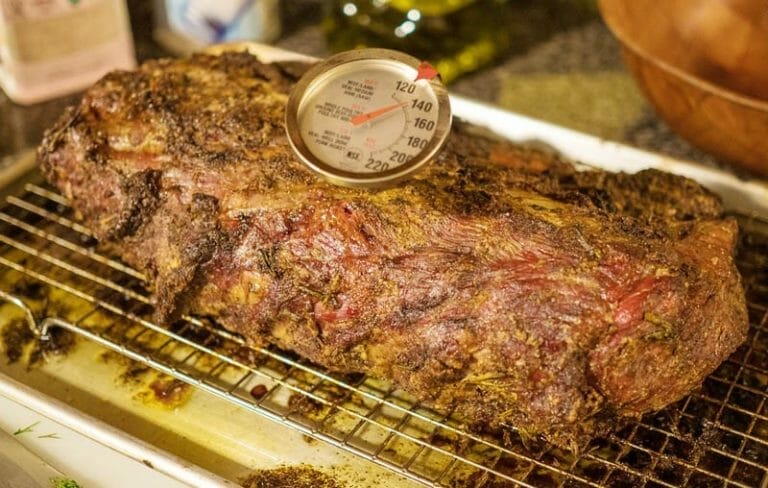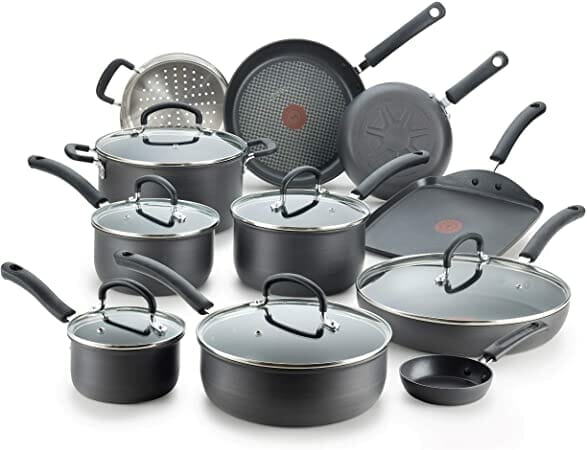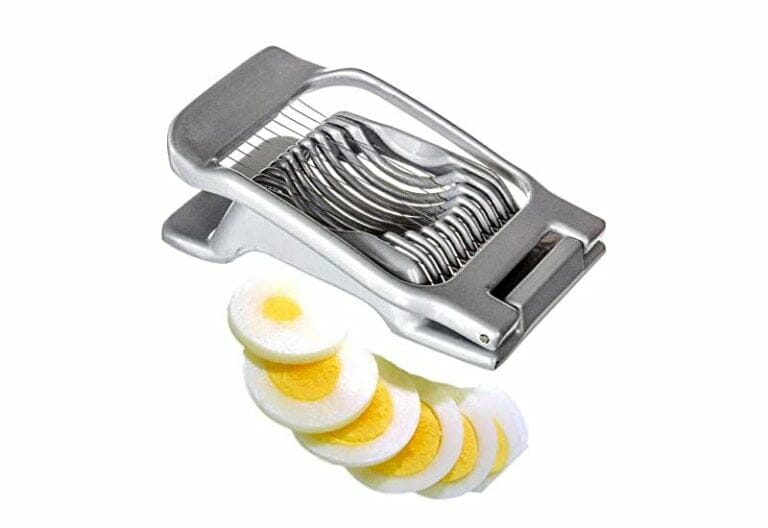How to Open a Jar with a Tight Lid? (Easy 7 Methods)
A step-by-step guide to learn how to open a jar with a tight lid. It also includes a simple explanation about why jar lids tend to get stuck.
Things like pickles and jam are commonly stored inside glass jars. Glass jars are very useful and you can reuse them for different purposes. Also, you can easily disinfect them with a boiling water bath. Therefore, many food companies prefer glass jars to store and distribute their products.
However, glass jars have a big con. The lid tends to get stuck. The bigger the lid, the more difficult it’s to remove. Fortunately, you don’t need to break the glass when this happens. In fact, there are many ways to remove a lid in an easy and fast way.
In this DIY guide you’ll learn seven different methods. That way, a stuck lid will never be a problem for you again.
Note: If you are struggling to open jar cap, you can use electric jar opener to make it easy for you.
Why Do Jar Lids Get Stuck?
This phenomenon has a scientific explanation. During the pasteurization process, glass jars are immersed in boiling water. The increasing temperature of the jar content increases the internal pressure. At this point, air is expelled from inside the jar.
Then, when pasteurization ends, the air pressure inside the jar is lower compared to the external pressure. So, the air from the outside exerts a greater force on the lid than the air inside. That’s why it’s so difficult to open a vacuum sealed lid.
Another common cause of stuck lids is accumulation of food around the thread. Usually, sweet foods like jam and ketchup cause this effect. In this case it isn’t necessary to break the suction seal. You just need to submerge the lid in hot water to dissolve the debris.
DIY Guide to Open Jar with Tight Lid
There are many ways to open a jar with a tight lid. All of these procedures are quite simple and you can execute them with household items. Here’s what you have to do:
Method 1
First of all, take a butter knife and hit the border of the lid with its tip. The impacts around or the lid will help loosen it. Be careful not to apply too much force so as not to break the jar.
Method 2
Put on a pair of rubber gloves to open the jar. The extra grip the rubber gives will prevent your hand from slipping around the lid. That means fewer failed attempts and a higher chance of success.
Method 3
If you don’t have rubber gloves, you can also use a damp cloth to increase friction. Be careful not to add too much water. In that case, the water would work as a lubricant.
Method 4
If method 1 doesn’t work, put the jar upside down and submerge the lid in 1-inch of hot water. Wait a couple of minutes and then start hitting the lid with the butter knife. At this point, the lid should move more easily.
Method 5
You can also use wide rubber bands to increase friction between your hands and the jar surface. Just place one band around the lid and other on the middle on the flask. Then, support both hands on the rubber-covered areas. You can add as many bands as you want to get the required grip.
Method 6
Put a piece of rubberized shelf liner between your hands and the jar. Make sure the liner completely covers your skin. That way, your sweat won’t touch the jar surface, reducing the risk of slip.
Method 7
Hit the bottom of the jar hard with one hand. This will help push the air inside the jar towards the lid. If you’re lucky, the exerted pressure will break the suction seal, releasing the lid. When this happens, it’s common to hear a snap on the lid.
Conclusion
As you can see, you don’t need too strong hands to remove a stuck lid. The secret is to increase the friction to break the seal. Hitting the lid can work too. Just open an air entrance to loosen it.
Before applying these methods, make sure to take some security measures. Glass jars may break very easily and cut your hands. Therefore, don’t apply too much pressure if you don’t get good results.
In case none of these methods work, pierce the lid with a knife to let air in. Then open the jar and store its content in another sterilized container.





